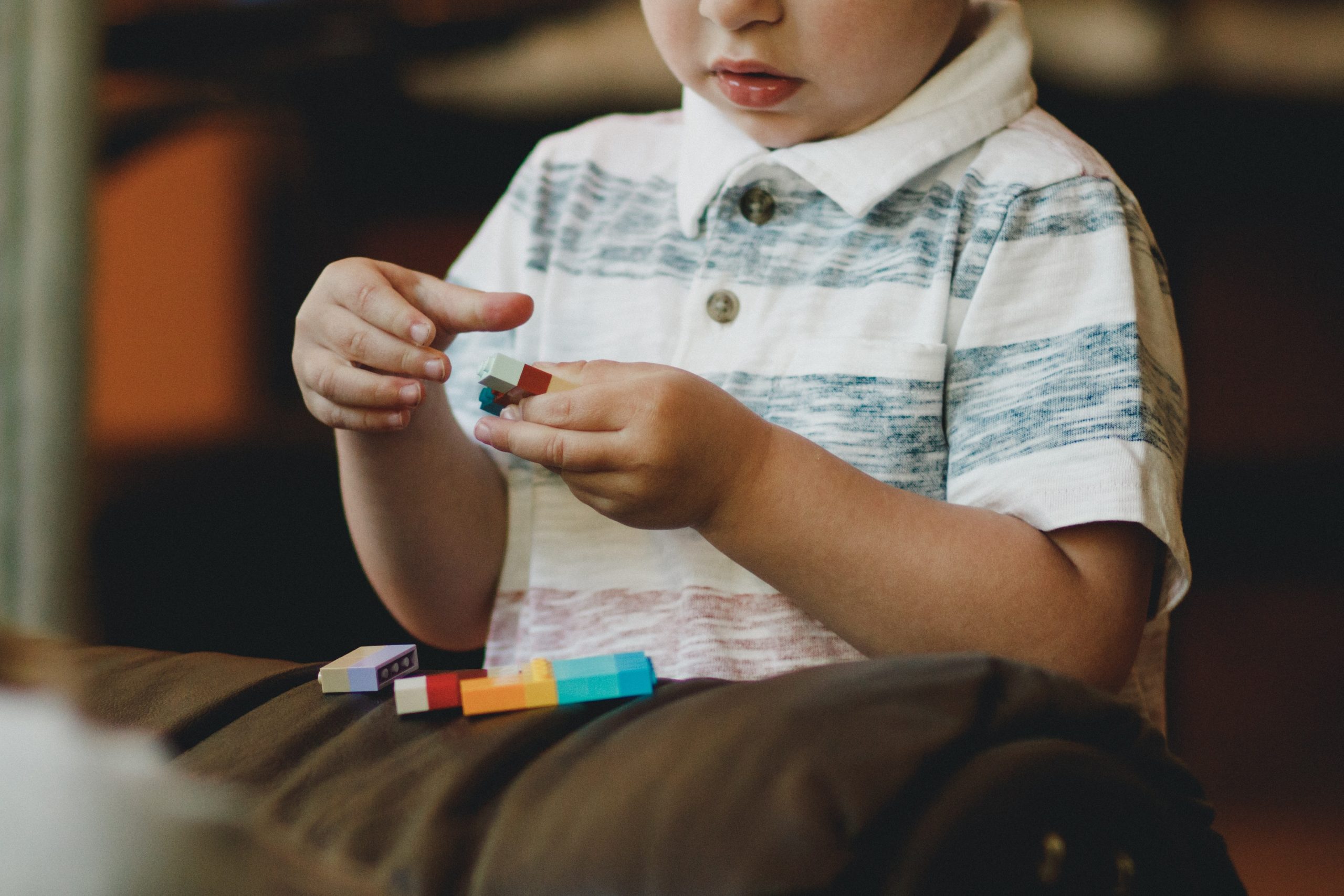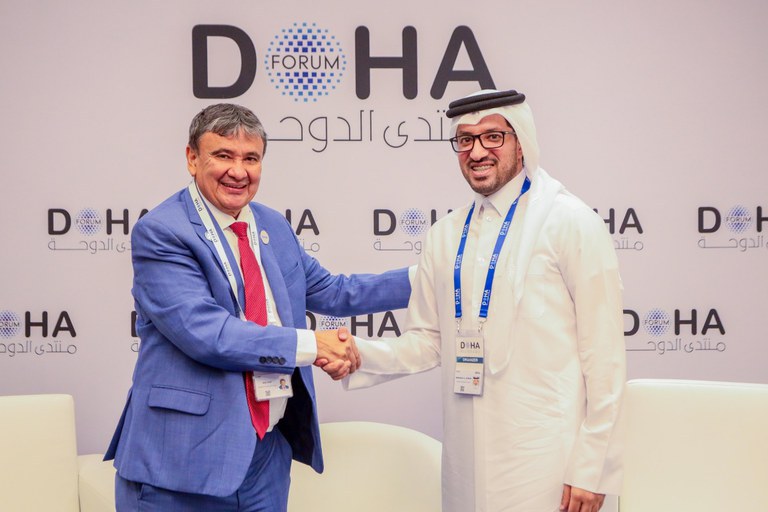Qatar Foundation has developed a new innovative eye-tracking screening tool to help diagnose Autism Spectrum Disorder (ASD] in young children— a major advancement in early diagnosis.
Developed by the Neurological Disorders Research Centre [NDRC], the Argus diagnostic tool takes around 45 minutes to diagnose a person.
The condition affects how a person thinks, feels, interacts with others, and experiences their environment.
Normally, a diagnosis is made after a doctor examines the person based on their own experience and observation of the patient, bases their perception of the condition, and determines whether the patient has autism or not.
However, the tool will take that dependence away from the doctor.
“With the new diagnosis tool, machine learning and artificial intelligence will bring objectivity to the test,” said Dr. Fouad Alshaban, the senior scientist at the Neurological Disorders Research Centre (NDRC) of Qatar Biomedical Research Institute (QBRI).
“The test is conducted in a room with three cameras – one focused on the patient, another on the person doing the test, and the third giving a full view of the room where the test is taking place. The person conducting the test wears an eye-tracking glass to look at the expressions of the patient while interacting with them.”
The data is then gathered and used in machine learning and artificial intelligence. After the test concludes, the tool decides if the patient has autism or not.
“Children are presented with visual stimuli that include short videos and photos, through a computer display connected to a remote eye-tracking device,” Dr Alshaban continued.
“As for the Argus diagnostic tool, we can use it for anyone beyond the age of one year old. This means any child who can interact and play with others can be checked to see if they have ASD.”
The new technology aims to introduce machine learning and artificial intelligence into the ADOS-2 (Autism Diagnostic Observation schedule-2).
Its development came shortly after QBRI signed an agreement with Argus Cognitive, in association with Rush University, to support the early diagnosis of ASD. So far, trials have proved to be successful, Alshaban stated.
The technology will be released in two languages, Arabic and English. Currently, the English version is ready, according to the scientist, and the centre is currently working on commercialising it.
The Arabic version will be released within six months, he added.
“We will adopt this technology for the first time in several medical centres not only in Qatar but in the Arab region. This will have a significant positive impact on people with autism in these communities,” he added.
The team is also working on establishing the first ASD registry in Qatar for those aged 13 and above to build more awareness and better diagnoses centres. Earlier detection results in better treatment plans, making it more effective throughout the years.
Interventions services, such as behavioural, speech, and occupational therapy, become more effective.
“The most common age for diagnosing the condition is five years. Some families who do not pay attention to any disorder in their child, thinking that their behaviour is normal will discover the condition of their child only when they send them to school,” he remarked.
“Treating this child, at this age, will not have the same effect as opposed to treating the child at the age of one and a half or two years.”
A study published by QBRI in 2019 showed that in every 87 newborn babies in Qatar, one is diagnosed with autism. Globally, every two years, cases are on the rise.
“We have no published data for the cost in Qatar, but as we know, in Qatar, all children with disabilities are offered free healthcare, as well as education intervention and assistance. Had these services not been offered for free, these would cost a lot,” he added.
“For example, in the US, it costs more than $1mn to take care of a child with autism, excluding educational and some interventional services.”







